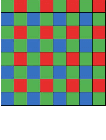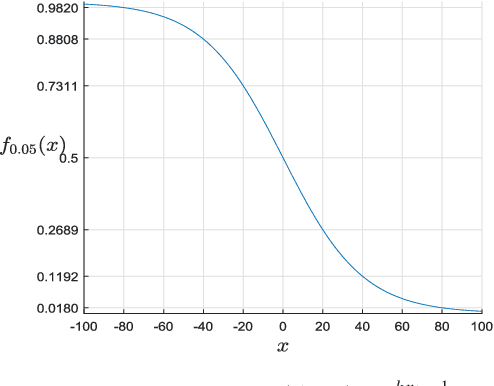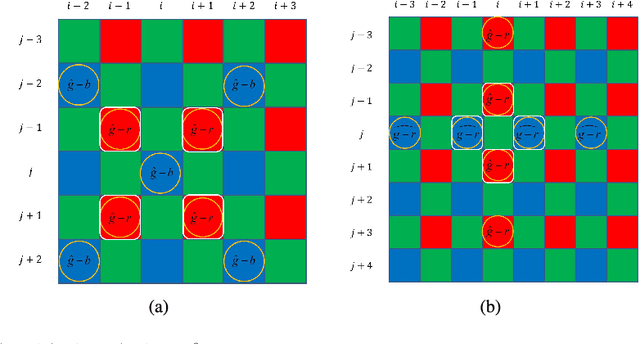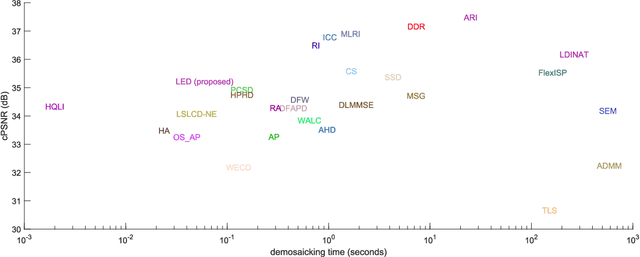Low Cost Edge Sensing for High Quality Demosaicking
Paper and Code
Jun 05, 2018



Digital cameras that use Color Filter Arrays (CFA) entail a demosaicking procedure to form full RGB images. As today's camera users generally require images to be viewed instantly, demosaicking algorithms for real applications must be fast. Moreover, the associated cost should be lower than the cost saved by using CFA. For this purpose, we revisit the classical Hamilton-Adams (HA) algorithm, which outperforms many sophisticated techniques in both speed and accuracy. Inspired by HA's strength and weakness, we design a very low cost edge sensing scheme. Briefly, it guides demosaicking by a logistic functional of the difference between directional variations. We extensively compare our algorithm with 28 demosaicking algorithms by running their open source codes on benchmark datasets. Compared to methods of similar computational cost, our method achieves substantially higher accuracy, Whereas compared to methods of similar accuracy, our method has significantly lower cost. Moreover, on test images of currently popular resolution, the quality of our algorithm is comparable to top performers, whereas its speed is tens of times faster.
 Add to Chrome
Add to Chrome Add to Firefox
Add to Firefox Add to Edge
Add to Edge